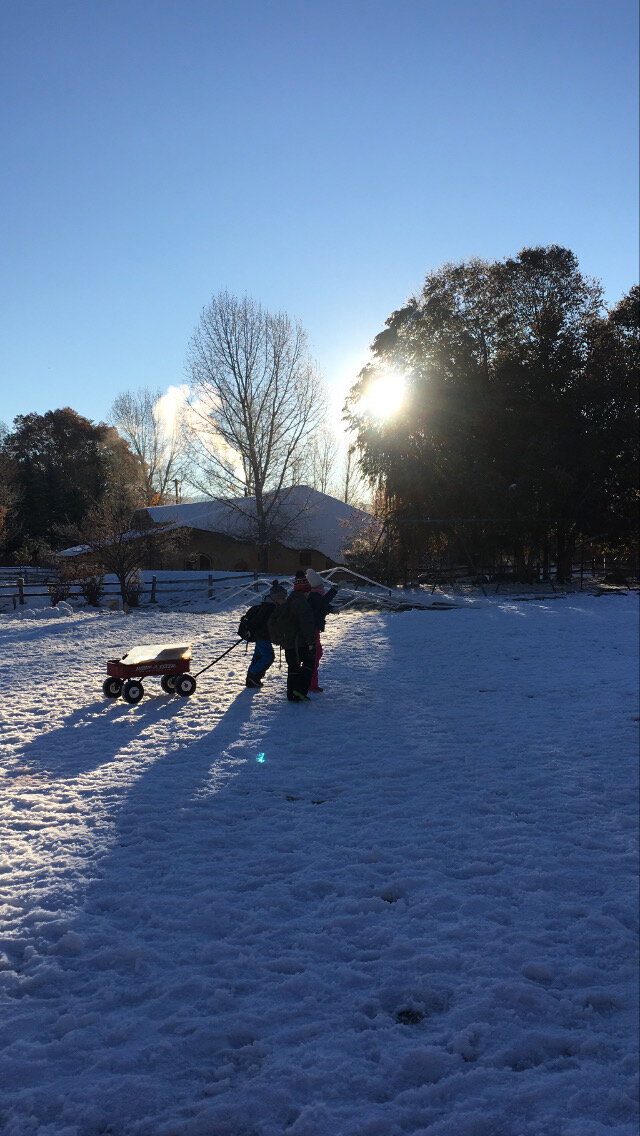Perspective: Mathematics in Nature
With our campus in the mountains of Colorado, snow is a more than common occurrence. Snowflakes are something that never fails to bring joy to our students. It is said that no two snowflakes are alike and yet they are incredibly recognizable images with somewhat of a standard format to them; one made up of mathematical fractals and more often than note, six extending arms.
When we look more closely at snowflakes, what we see are true wonders of nature with much to be observed and examined, particularly for our students who are exploring the world around them. Waldorf Education draws nature frequently into our work and uses it as a backbone for scientific and mathematical learning.
In a recent article examining the incredible mathematics behind snowflakes, University of Manitoba researcher and mathematician Ranganathan Padmanabhan explains, “Nature is the Mother of all symmetries,” he begins. “In fact, symmetry happens to be a central organizing principle in Nature’s design,” noting bee honeycomb before explaining that on a molecular level, a hexagon allows for the tightest packing of things into space, meaning that Nature is a thrifty sort.”
How is learning enriched when we look around us to understand concepts such as science and mathematics? Students don’t have to work in abstract worlds, instead they are given tangible opportunities to observe and engage with mathematical and scientific wonders around every corner. In a 1st grade morning circle verse, the students can be heard saying together “numbers are music everywhere, hidden here, hidden there, hidden everywhere”. This mindset creates a limitless world of possibilities when it comes to understanding and applying mathematics to the world around us.
Mathematical fractals can be found just about everywhere in nature, from trees to flowers and even snow. We believe the natural world is one of the best places to understand the value of mathematics and science in our modern world.





